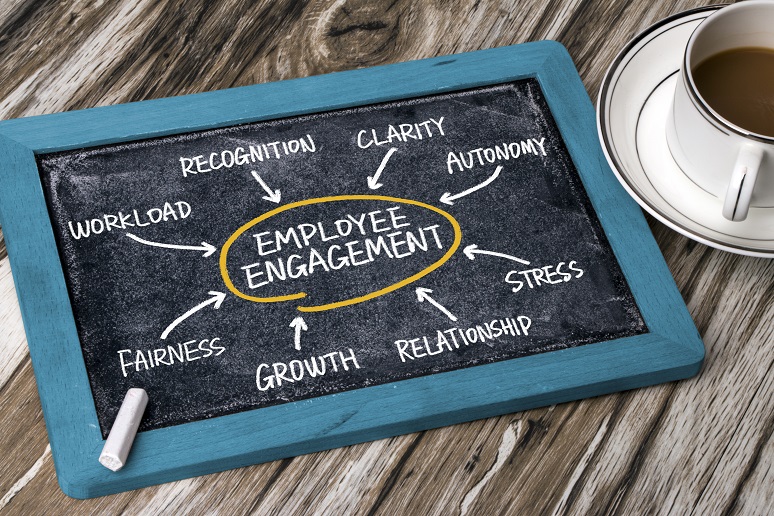Let’s face it, history-making moments of stress like a pandemic, protests, and highly contentious presidential election can make it difficult to keep employees engaged. But considering that engaged employees are those who are “highly involved in, enthusiastic about, and committed to their work and workplace,” as
defined by Gallup, leaders have to make employee engagement a primary goal even as chaos ensues.
Structure Meetings to Diffuse Workplace Conflict — At Easterseals, a nonprofit that provides disability services, help desk and project management teams struggled to engage with each other effectively when they first moved to work from home (WFH), recounted Stacie DePeau, CIO, at the organization. While needing to drive them hard on initiatives underway, DePeau said she “didn’t want to lose them,” so quickly became the mediator and put rules of engagement in motion. “We had to be much more structured … on who was invited [to meetings], who attended, who’s doing what, and when they’re going to have it done by,” she said. When people are physically separated, a situation is more likely to evolve into a “full-blown conflict,” DePeau added.
Use Video to De-Escalate a Situation — American Pacific Mortgage (APM) has found that getting WFH employees comfortable with video engagement can be important in helping to fend off or resolve workplace conflict, said Michele Buschman, VP of IS, at the company. When people start meeting remotely, expressions and tones don’t often translate well and miscommunication can lead to potential conflict among team members, she said. “This is why we really stress the video piece,” Buschman added. “That’s the way to get an almost in-person conversation.”
Separate Work from Leisure — Since WFH eliminates daily commutes and increases productivity, many employees have been going above and beyond to do more work remotely. It’s also easy to lose track of time when home becomes the office. At PTC, a global software company, getting employees to cut out at their designated end of workday is the only problem it has encountered with remote collaboration, said Jason Mahoney, principal telecom analyst with PTC. “It’s like, ‘Guys, you’re all good people, stop. It’s five o’clock, get off the phone, get off the video, tomorrow’s another day … unless it’s critical or on fire, you need to respect your personal time, get off [the computer] and keep living your life,’” he said.
Replicate the Watercooler — At instrument maker Yamaha Corp. of America, WFH employees are really missing the collaborative watercooler environment that technology has yet to replicate, said Vimal Thomas, VP of IT, at the company. After all, he said, “creativity happens — it’s not scheduled.” At Yamaha, people would typically walk around the office to talk to each other and come up with ideas. “That’s the one piece I don’t know how collaboration technologies are going to be able to solve … where you can just be calling [out to] somebody or walking by somebody’s office and getting into a long-term conversation where six ideas come out of it,” he said.
At this rate, the future holds a hybrid working model for each of these organizations, the panelists said. At Easterseals, for example, people will return to onsite facilities when possible because doing so will get them “out of their homes, where they can be with others,” DePeau said. Meanwhile, Yamaha and PTC are changing their strategies to hoteling type environments, and APM will sit down and determine which roles really need to be in the office vs. which will be “OK being remote, the respective panelists said.
Not everyone wants to return to the office — some are genuinely afraid to — and, they agreed, there’s nothing wrong with that.




